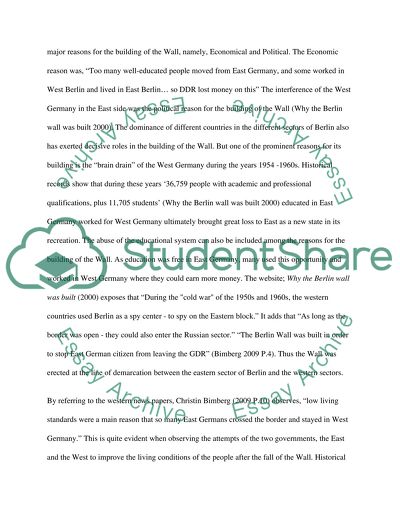Cite this document
(“The Fall of the Berlin wall Research Paper Example | Topics and Well Written Essays - 2250 words”, n.d.)
Retrieved from https://studentshare.org/miscellaneous/1570284-the-fall-of-the-berlin-wall
Retrieved from https://studentshare.org/miscellaneous/1570284-the-fall-of-the-berlin-wall
(The Fall of the Berlin Wall Research Paper Example | Topics and Well Written Essays - 2250 Words)
https://studentshare.org/miscellaneous/1570284-the-fall-of-the-berlin-wall.
https://studentshare.org/miscellaneous/1570284-the-fall-of-the-berlin-wall.
“The Fall of the Berlin Wall Research Paper Example | Topics and Well Written Essays - 2250 Words”, n.d. https://studentshare.org/miscellaneous/1570284-the-fall-of-the-berlin-wall.


